Application of remote sensing in estimating maize grain yield in heterogeneous African agricultural landscapes

Authors:
Maize (Zea mays L.) is the second most commonly grown crop worldwide and number one staple food in Africa where it accounts for more than 50% of the energy requirements. However, despite its widespread cultivation and the significance of maize information in Africa, maize crop maps and yield forecasts are hardly available. Yet, systematic area, spatial distribution, and maize yield estimates are important in understanding and addressing food security in Africa. Objective monitoring of maize yield statisics in a systematic way is possible with remotely sensed data. However, absence of maize yield forecasts using remote sensing in Africa has been attributed to the cost of acquiring satellite imagery and the heterogeneity of agricultural landscapes. The recent advances in sensors technology and availability of free high-resolution (spatial and temporal) multispectral satellite images afford an opportunity to forecast maize yield as well as mapping its spatial distribution in near real-time basis. This review gives an overview of maize yield estimation using remotely sensed information and its potential application in a fragmented and highly granular agricultural landscapes in Africa, including inherent challenges and research needs. The review was motivated by challenges faced by researchers and national agricultural statistical services agents when forecasting maize yield using conventional ground-based survey methods. These problems
include, but are not limited to, restricted accuracy, and cost and time spent resulting in missed opportunities in food security early warning systems and proper developmental interventions. We conclude that by picking multispectral sensors with high spatial, temporal, and spectral resolution, as well as appropriate classification techniques and accurate ground-truthing data, remote sensing can be a practical option for estimating maize grain yield and its spatio-temporal dynamics in heterogeneous African agricultural landscapes for designing appropriate developmental interventions and technological
out scaling.
